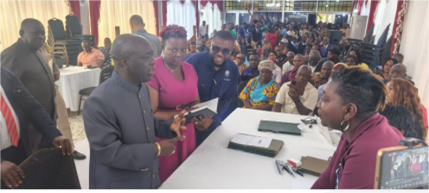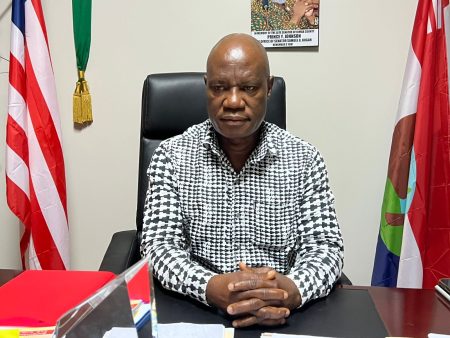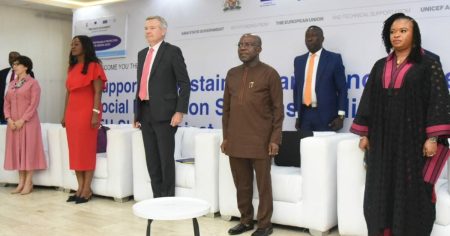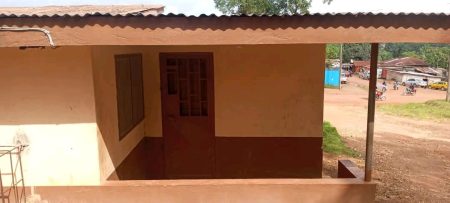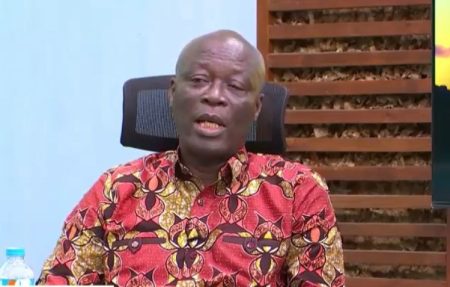The Liberian judiciary embarked on a comprehensive personnel verification and credentials audit in late August 2025, aiming to enhance transparency, accountability, and efficiency within the institution. Chief Justice Yamie QuiQui Gbeisay, Sr., spearheaded the initiative in collaboration with the Civil Service Agency (CSA), with the initial phase targeting the 1st and 6th Judicial Circuits in Montserrado County. The audit sought to confirm the qualifications and experience of judicial personnel, ensuring they align with the demands of their respective roles. Chief Justice Gbeisay emphasized the importance of eradicating perceptions of corruption and maintaining the highest standards of integrity within the judiciary, viewing the audit as a crucial step towards achieving these goals.
The audit process, scheduled to unfold from August 28th to September 4th, 2025, involved a meticulous review of employee credentials, headcounts to identify potential “ghost employees,” and reclassification of positions where necessary. The CSA, armed with existing payroll data for the judiciary, facilitated the verification process using National Identification Numbers and employee files. This collaborative approach aimed to streamline the audit and ensure a comprehensive assessment of the judiciary’s workforce. The initiative was further framed as a cost-saving measure for the government, with the potential to eliminate unqualified personnel and optimize resource allocation within the judiciary.
Controversy arose during the launch of the audit when CSA Director General, Josiah Joekai, cited 2019 data indicating a total judiciary workforce of 1,517 employees. This figure sparked immediate protest from judicial employees present, who argued that the data was outdated and did not reflect the current number of personnel. They contended that the workforce had grown considerably since 2019 and that relying on outdated statistics would lead to inaccurate assessments and potentially unfair outcomes. The employees expressed concerns about the perceived “witch-hunting” aspect of the audit and questioned the CSA’s motives in using obsolete data.
The discrepancy between the 2019 figures and the employees’ perception of the current workforce size created a tense atmosphere during the audit launch. Employees, speaking anonymously for fear of reprisals, criticized the CSA’s reliance on the older data, deeming it “wicked and evil.” They argued that the CSA, responsible for disbursing salaries, was well aware of the actual number of judicial employees and should have used more current information. This disconnect fostered distrust and fueled suspicions about the true intentions of the audit.
Chief Justice Gbeisay, in his opening remarks, expressed gratitude to the CSA for partnering with the judiciary in this reform effort, highlighting the importance of transparency and accountability in building public trust. He reiterated the judiciary’s commitment to eradicating corruption and ensuring that all personnel possess the necessary qualifications and experience to fulfill their duties effectively. The Chief Justice also stressed the need for cooperation throughout the audit process, emphasizing the shared goal of strengthening the judiciary.
While the Chief Justice focused on the positive aspects of the audit, the underlying tension regarding the disputed workforce figures remained a significant challenge. The incident highlighted the importance of accurate and up-to-date data in conducting such crucial assessments, raising questions about the potential impact of the outdated information on the audit’s overall effectiveness. Moving forward, addressing the concerns of the judicial employees and ensuring the accuracy of the data used will be crucial for fostering trust and achieving the desired outcomes of the audit.





